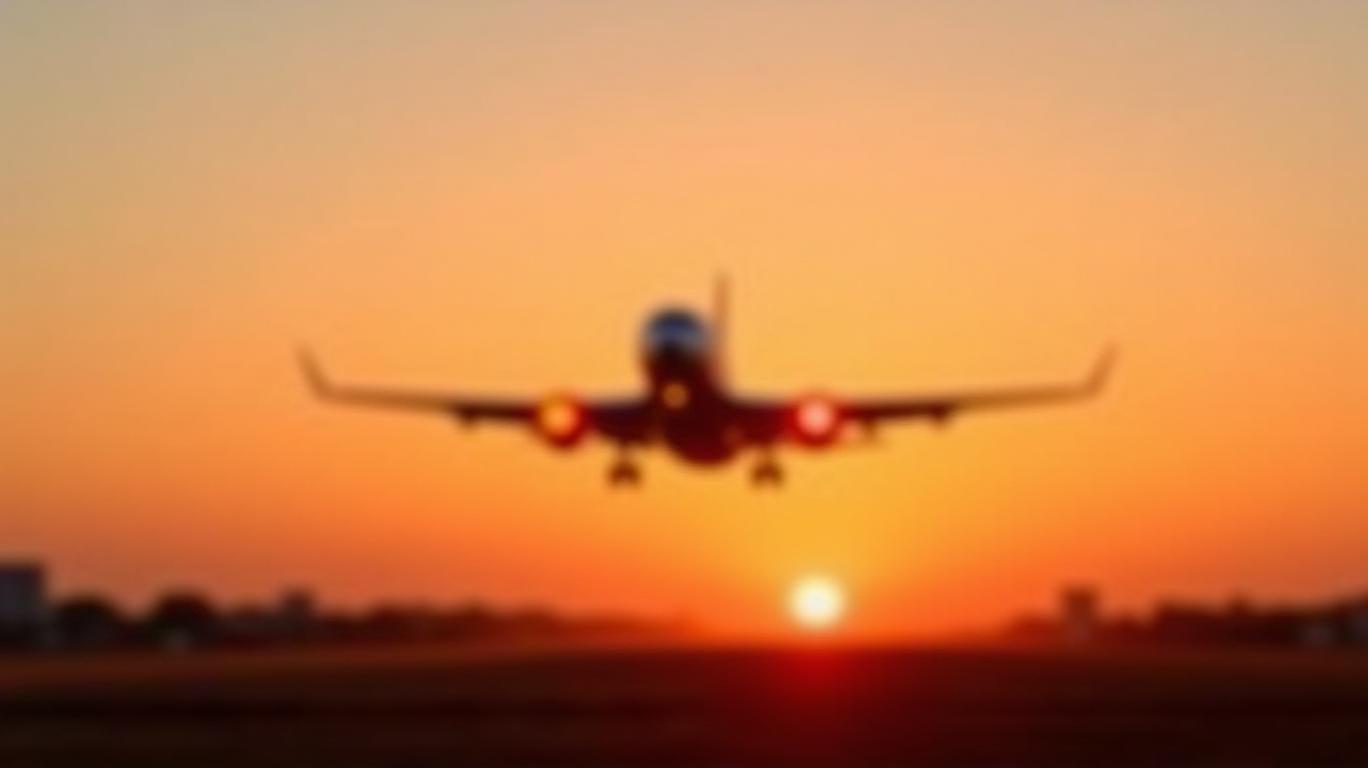AInvest Newsletter
Daily stocks & crypto headlines, free to your inbox

Lead: Southwest Airlines’ first-quarter 2025 results reveal a company at a crossroads: record revenues clash with mounting costs, while aggressive cost-cutting and capacity adjustments aim to stabilize its 24/7 operations amid economic headwinds.
Southwest reported a net loss of $149 million ($0.26 per share) for Q1 2025, widening from a $36 million loss in 2024. Yet, the airline celebrated a record $6.4 billion in operating revenues, driven by improved pricing strategies and yield management. Passenger revenue hit a first-quarter high of $5.8 billion, reflecting strong demand for air travel.
However, rising costs loom large. Unit costs (CASM-X) rose 4.6% year-over-year to $0.1523, though this outperformed revised guidance of a 6% increase. CEO Robert Jordan emphasized: “We’re balancing aggressive cost actions with investments in customer experience.”
To combat weak demand—particularly in domestic leisure travel—Southwest has slashed its 2025 capacity growth to ~1%, down from an earlier 1–2% target. The airline also retired 14 older aircraft (12 Boeing 737-700s and 2 737-800s), replacing them with 11 fuel-efficient 737-8 models. This fleet modernization aims to improve fuel efficiency by 2.6%, a critical step amid volatile fuel prices.
New policies, such as expiring flight credits and introducing basic economy fares, signal a shift toward revenue optimization. Southwest also partnered with Expedia, which CEO Jordan called “a game-changer for direct bookings.”
Despite revenue gains, weaker leisure travel demand has clouded the outlook. Southwest’s Q2 guidance projects flat-to-down 4% RASM (revenue per available seat mile), as passengers delay bookings. Compounding pressures:
- Fuel Costs: Estimated at $2.20–$2.30/gallon, with exposure to geopolitical volatility.
- Labor Costs: Rising 4% annually due to union contracts, squeezing margins.
Regulatory scrutiny adds another layer. In 2023, Southwest faced a $140 million penalty for its 2022 holiday operational collapse. While the airline has since stabilized, further mishaps could erode trust.
Southwest’s Q1 results underscore the airline’s dual mandate: leveraging its $8.3 billion cash reserves and 24/7 operational flexibility while navigating cost inflation and demand uncertainty. Investors should monitor two key metrics:
1. Capacity Adjustments: Whether the 1% growth target sustains liquidity without stifling revenue.
2. Cost Savings: Achievement of its $370 million 2025 savings goal and $1.0 billion annual run-rate by 2027.
The airline’s stock (LUV) has underperformed the S&P 500 by 15% in the past six months, reflecting skepticism about its turnaround. Yet, with $1.5 billion remaining in its buyback authorization and a commitment to a “disciplined balance sheet,” Southwest remains a critical player in the U.S. airline market.
Actionable Takeaway: Investors bullish on travel recovery should consider LUV for its 24/7 operational scale and cost-cutting resolve—but remain cautious until demand stabilizes and unit costs decline.
Data sources: Q1 2025 Earnings Report, Argus Research, Zacks Investment Research.
Tracking the pulse of global finance, one headline at a time.

Dec.24 2025

Dec.24 2025

Dec.24 2025

Dec.24 2025

Dec.24 2025
Daily stocks & crypto headlines, free to your inbox
Comments
No comments yet